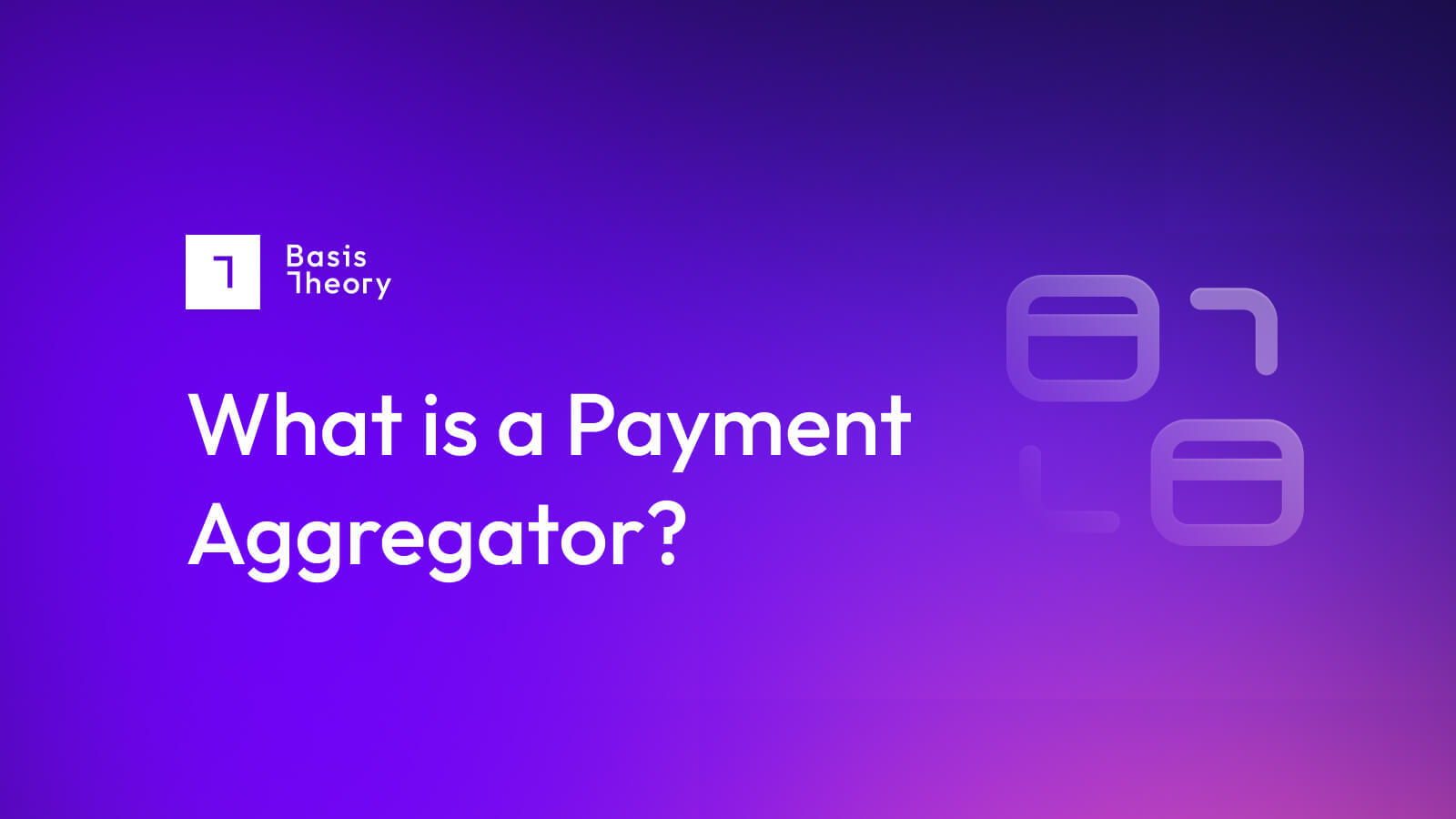Opportunities for Merchants with Narrow Banks and Neobanks

In 1999, Congress repealed the Glass-Steagal Act, which had been passed in 1933 in the hopes of avoiding a repeat of the Great Depression. Glass-Steagal prevented mainstream banks from undertaking risky investments, effectively splitting the banking industry into two distinct segments: main street banks and investment banks.
Today, banks have been unshackled, but that hasn’t prevented the rise of the concept of the narrow bank (i.e., one that is limited in its activities), nor the rapid growth in neobanks (companies offering banking-like services without many of the trappings and trimmings of a traditional institution.)
Each offers real opportunities for revenue growth, cost reduction, and risk management to today’s businesses.
What is a narrow bank?
A narrow bank limits its business to full reserve-backed activities. In other words, it limits its exposure by not creating exposure beyond the money it holds. In practice, this means that a narrow bank would only invest in very low-risk instruments, like government bonds and securities. This stands in stark contrast to most modern banks, which operate on a fractional reserve basis, in which their investments may represent several times the value of their actual cash.
A traditional bank makes loans and invests in other securities, which gives them the opportunity to generate high margins and shareholder returns, but also exposes them to risk owing to market volatility. A narrow bank, by contrast, must earn its revenues by charging fees to its customers, but is exposed to very low risk based on market conditions.
What is a neobank?
A neobank offers a range of services generally associated with a traditional bank, but operates entirely online—normally through a mobile app. Neobanks are not, strictly speaking, banks, and therefore partner with traditional banks for many services and benefits, including FDIC insurance for checking account balances.
Their influence and popularity is growing rapidly, as they generally have lower credit score requirements (allowing access to many previously unbanked customers), and they often offer services that are unavailable at traditional banks, such as holding funds in multiple currencies.
Neobanks generally generate revenue through a range of fees (such as ATM fees and fees when making purchases) and markup on interchange rates when moving funds between currencies. In this sense, they are most similar to full-service payment service providers (PSPs), which also look to fees and markups to generate revenue.
Narrow Banking Meets Neobanking
While there are many neobanks, only a few institutions can truly be called narrow banks.
The Narrow Bank, based in Connecticut, has been trying unsuccessfully for some time to acquire a master account from the Federal Reserve. The closest example of a business that combines the two concepts is Wise, which operates as a neobank and does not provide loans, relying instead on fees and cross-border markups for its revenues, making it effectively a narrow bank—something for which it is, at the time of writing, attempting to acquire a charter for.
The primary reason why neobanks generally cannot be called true narrow banks is the partnerships they enter into with high street banks for securing and protecting their customers’ deposits. As long as narrow banks are reliant on traditional banks at the back end, they are subject to the business practices of the partner banking institutions, none of which operate under narrow bank procedures. Wise is only able to operate in what is on the verge of being a full combination because it stores customer currency in safe government-backed securities, rather than depositing monies into another banking institution.
Although Wise bears some risk in the foreign exchange markets, its customers hold deposits in a variety of currencies, and a substantial swing in conversion rates could put a dent in its reserves.
It is said to hold 90% of its value in safe securities in USD, EUR, and GBP. Although it does not, therefore, offer the FDIC insurance that protects the first $100k of deposits for consumers of traditional bank accounts, its lack of exposure to bad loans or market fluctuations make it arguably an extremely safe location for stored funds.
Neobanks are More Helpful to Merchants than Narrow Banks
The near-impossibility of launching a true narrow bank in today’s market conditions make it unlikely a merchant will be able to choose a pure-play narrow bank any time soon. Neobanks, however, represent a significant opportunity on two levels:
- As a Place to Store Currency: FDIC insurance only covers the first $250k of a business account in a traditional bank account, so a merchant with more than that has exposure to bank runs, which, rare as they are, do happen (see: Silicon Valley Bank.) Neobanks can also be convenient as a proto-treasury tool, allowing merchants operating across borders to do business and store money in customers’ currencies. This can reduce the merchant’s exposure to conversion volatility, particularly when they both buy and sell in multiple currencies.
- As a way to Interact with Customers: As the popularity of neobanks continues to grow, it is extremely likely that they will start to offer digital wallet interfaces, much like those of Apple Pay and Google Wallet. Merchants may find themselves able to conduct business directly with fintechs like Revolut, Wise, and Chime, without having to run through traditional payments rails provided by intermediaries like Stripe and Adyen, or the classic credit card networks.
Fintech pioneers like neobanks are an important part of the evolution of the payments ecosystem, just as Apple and Google’s digital wallets have been.
They offer the potential to reach previously-unbanked customers, and to build payment systems that bypass the many intermediaries who siphon fees at every step of the process. While narrow banks are an intriguing possible future for customers and businesses that prefer lower-risk banking institutions, the direction of the industry suggests they are likely to remain, at worst a notional, and at best, a niche offering.
.png?width=365&height=122&name=BTLogo%20(1).png)



